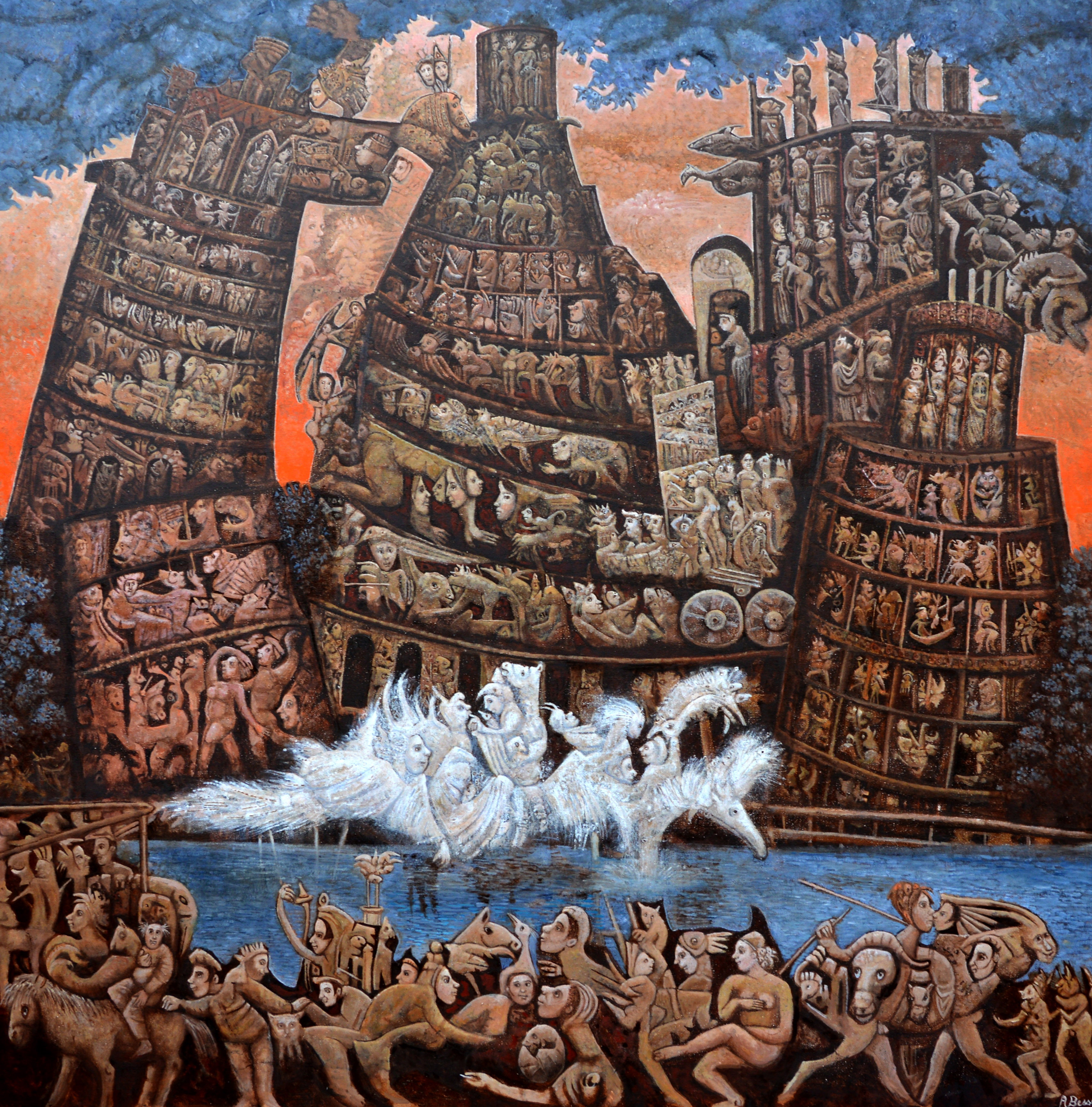
Those who follow in the footsteps of the Old Masters would gasp at Seth Alverson’s raw depictions of the human body. From the Renaissance’s advancements in rendering the idealized anatomy to today’s Photoshopped magazine covers, Western culture has an ongoing obsession with depicting the nude figure in ways that few of us can actually live up to. Alverson throws these conventions out the window with his oil paintings.
While some of the pieces seem intentionally grotesque, others bluntly depict parts of the body we are often told we should be ashamed of — cellulite on a plump bottom, sagging breasts, bellies that protrude. While those works seem to mock the media status quo, other pieces rightly warrant our aversion: one painting shows a stack of dismembered legs while another depicts a mangled hand. Alverson makes the body his communication tool, but his ultimate message is far from clear cut.















 The oil paintings of
The oil paintings of 
 In Adele Bessy’s crowded paintings, figures and faces are used as building blocks. Her work, in both its frantic quality and control, has been compared to the likes of Bosch and Arcimboldo. The artist is based in Achères, Ile-De-France, France.
In Adele Bessy’s crowded paintings, figures and faces are used as building blocks. Her work, in both its frantic quality and control, has been compared to the likes of Bosch and Arcimboldo. The artist is based in Achères, Ile-De-France, France.